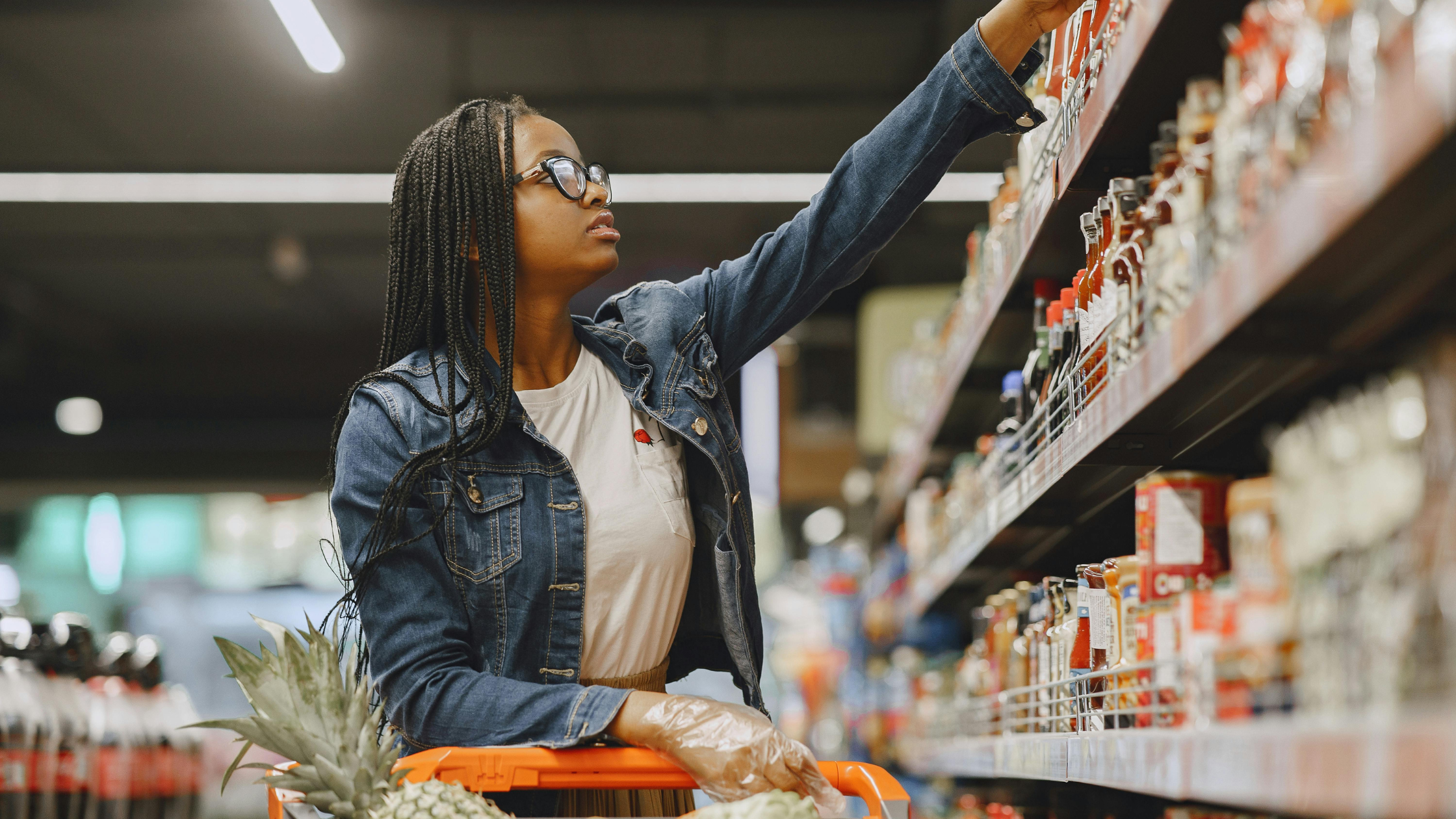
The way shoppers make decisions hasn’t changed much. They still walk into a store, scan the shelf, and make snap judgments based on price, pack, familiarity, and whatever catches their eye. But what’s changed dramatically is how brands and retailers are learning from those decisions.
Until recently, the answer was slow and often painful: in-store trials, post-launch performance reviews, or (at best) highly structured market research. But in today’s world of rapid retail resets, shrinking budgets, and escalating competition, that model no longer works.
That’s where virtual shelf testing comes in.
What is Virtual Shelf Testing?
Virtual shelf testing is a research method that replicates the in-store environment using virtual technology. It gives category, insights, and marketing teams the ability to test how real shoppers behave when faced with product choices in a realistic shelf scenario.
It’s a full rehearsal for your in-store execution.
Participants navigate virtual shelves on desktop or mobile. They’re presented with different layouts, pricing, packaging, signage, or product mixes - and their behaviors are tracked in detail. What do they notice? What do they skip? What drives switching? What slows them down?
It’s not a survey. It’s behavioral research - at scale.
Why traditional methods fall short
Real-world testing is expensive, slow, and often inconclusive.
In-store trials can take months to plan, weeks to run, and more time still to interpret. Meanwhile, you’ve got promotions to plan, retailer conversations to prep for, and category reviews happening every quarter. By the time results land, it’s too late to act on them.
And while qual research and diary studies have their place, they’re not built for speed or for behavioral proof. The say-do gap is real. People aren’t always aware of why they do what they do, and what they say in a focus group doesn’t always translate to what they’ll do in the aisle.
Shelf testing shifts you from reacting to results to proactively shaping them.
The behavioral edge
The decisions that matter most happen in seconds.
We’ve seen shoppers skip a well-priced new product launch because it was on the bottom shelf. We’ve seen a 3-word claim drive more conversion than a detailed pack rebrand. We’ve seen layout tweaks boost share of spend for premium brands without touching price.
Shelf testing lets you see the moments where decisions are won or lost - in context, not in isolation.
That context is everything. No pack exists in a vacuum. Shelf testing evaluates product performance surrounded by competitors, distractions, signage, and the kind of real-world pressure that traditional research just can’t simulate.
When teams use Virtual Shelf Testing
It’s not just for new product launches - although that’s a common entry point. Here are some of the most valuable use cases:
- Range reviews: Identify which products to keep, cut, or reposition without damaging sales.
- Planogram decisions: Find the optimal layout before rolling out at scale.
- Packaging updates: Test whether changes help or hurt recognisability.
- Pricing strategy: See how much shoppers will stretch for trade-up options.
- POS validation: Check if new signage actually improves visibility and selection.
- Retailer conversations: Bring behavioral data to sell-in meetings and strategy sessions.
- Strategic planning: Run 'fixture of the future' studies to inform team-wide roadmaps, ranging standards, and best-practice playbooks.
In short, it’s about learning before you launch - not just measuring after.
Why this matters now
Three things are true across every brand we work with:
- Budgets are tighter than ever
- Speed to impact is everything
- There’s zero room for wasted shelf space
You can’t afford to launch blind. And you don’t have months to wait for answers. Shelf testing gives you the confidence to act - and the speed to stay ahead.
It’s also one of the few tools that unites marketing, insights, and category teams. Everyone gets the same behavioral truth. And suddenly, the internal debate moves from theory to evidence.
What the best teams are doing differently
They test early. They test often. They use shelf testing to reduce uncertainty - not to avoid it.
And they show up to retailer meetings with behavioral proof, not just opinions. They understand that great strategy doesn’t live in spreadsheets. It lives on the shelf.
They’re not using shelf testing to replace instinct or experience. They’re using it to sharpen it.
Shelf testing isn’t about being trendy or tech-forward. It’s about giving your team better inputs - so you can make better decisions, faster. If you’re managing a category or launching into one, this isn’t a nice-to-have. It’s your competitive edge.
Does it actually work?
We’ve pressure-tested our virtual shelf environment against real-world results and the alignment is strong.
In side-by-side studies with retailer partners, VST’s test findings have been validated against in-store trials, real new product launches, and actual sales data. Across these comparisons, we’ve seen up to 96% accuracy in predicting real shopper behavior.
The large panel sizes we use (typically in the thousands) consistently deliver results with 90–98% statistical confidence. And when it comes to identifying which test cell performs best - whether it’s a pack format, layout, or pricing mechanic - our environment has shown 100% accuracy in predicting the winning option and explaining why.
For clients, that means decisions aren’t just faster -they’re validated. And they hold up in-store.

.png)